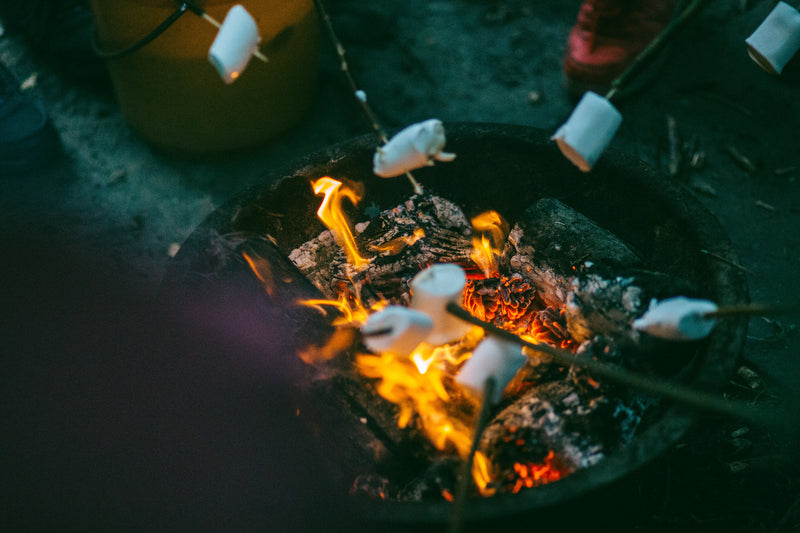How to Pack Clothes Like a Pro for Your Next Backpacking Camping Trip
5 min readGear
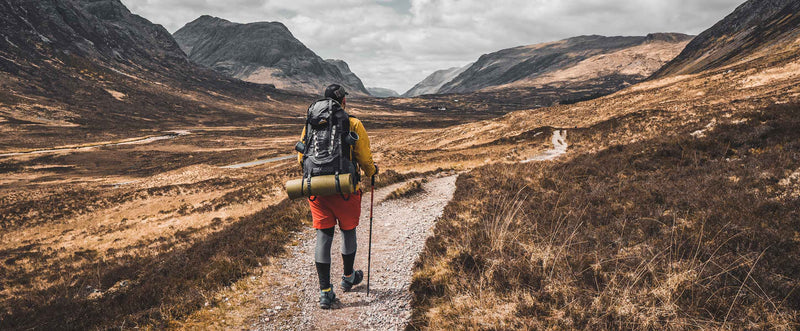
We’ve all been there, you do all the planning, buy all the right gear, get super excited for your big adventure, then a couple of days or hours (hey last-minute packers) before it’s time to head off, you finally stop procrastinating and decide to tackle the daunting task of fitting everything you need into one seemingly tiny backpack.
Fear not dear explorers, where there’s a will there’s a way. This is a foolproof method to ensure no necessity gets left behind (and you get enough sleep the night before setting off).
1. Choose the right clothes
First things first, in order to effortlessly pack your bag without it weighing a ton, it’s essential to have the correct type of clothing. When heading out on a backpacking trip you want your clothes to be efficient. This means being warm, breathable, quick-drying, and lightweight. Yes, that means leaving your favorite hoodie or that heavy wool sweater your grandma knit at home. Don’t worry, distance makes the heart grow fonder right?
Look for light merino wool or synthetic materials such as polyester for your base layers and t-shirts. Which you choose comes down to personal preference and budget. While merino wool is a little more on the pricey side, it stays smelling fresh for longer, meaning you can pack fewer clothes without being worried about ruining a friendship with your tent mate.
For your bottoms, nylon is a great choice as it is lightweight, durable, and fast-drying. Since these will take up a large portion of your clothing’s real estate, it’s something that shouldn’t be overlooked.
Speaking of real estate, next are the big-ticket items. Jackets. Typically you will need at least two of the following layers here; a long sleeve made out of fleece or ultra-thin wool, a down or synthetic puffer mid-layer, and a waterproof shell - GORE-TEX is best for this.
Basically anything other than cotton. Cotton takes a long time to dry, won’t wick sweat away from your body, and does a terrible job at both keeping you cool or warm.

Photographer: Eduard Trott
2. Less is more - How much to bring
So now you know what types of clothes to pack, it can be all too easy to run off to the closest outdoor shop and buy half the store in excitement (guilty as charged). Slow it down dear friends, remember that every extra shirt you pack is a few extra ounces you have to carry. It may not seem like much, but after a couple of hard slogs, you’re guaranteed to realize just how much you don’t really need that extra top.
Moral of the story? Pack the minimum amount of clothes necessary and be strategic. The biggest key to packing for the backcountry is layering multi-functional clothing. A lot of hardcore backpackers swear by the two outfit rule. One set of clothes for hiking and one set of clothes for sleeping, no matter how long you will spend in the wilderness. While this is definitely doable for extended periods of time (speaking from experience), it is a rule that can be bent to suit your comfort levels.
Start with a good thermal layer; 1 long sleeve top and bottoms (these can double as your sleeping clothes). Add 1-3 tops depending on the length of your trip and your own body type, and 1 pair of convertible pants, a thin waterproof jacket, and 1-2 mid-layers as mentioned earlier.
Underwear is a personal preference but lastly comes the silent but deadly space killer - socks! You can stick to the 1 night/1day rule here too but if you do add more socks to your lineup, keep in mind they are not an easily squishable shape and take up a lot more space than you think. So be warned - add extra socks sparingly.

Photographer: Hendrik Morkel
3. Work smart not hard - Packing hacks
Okay so you have everything you need and now you need to fit it into 50L or so… The secret here is a combination of rolling and stuffing your clothes. If you haven’t tried it yet, this will blow your mind!
It’s not a particularly difficult technique but once you have it down pat you will be a packing pro in no time. It all boils down to one principle, you want to fill every bit of usable space in your pack. Essentially you are trying to create a vacuum pack without a vacuum!
Begin by rolling your larger items such as T-shirts, thermals, and pants. Pack them as tightly together as possible and use your underwear or socks to fill in all the gaps as you go.
Remember when you learned that socks are the biggest space killer out there? Make sure to unpair your socks and roll them together. If you are really short on space, keep them separate and shove them into the gaps between your nicely rolled layers of clothing.
Finally, if your puffer fits nicely into its own pocket or has a convenient bag, great! Providing the shape matches the remaining space in your bag of course... If not, unfold the jacket and shove it into all of the cracks and crevices remaining to complete your incredible packing job.

Photographer: Lionello Depicollo
4. Do you need a dry bag?
The short answer is yes. While you can survive without one, once you’ve experienced crawling into dry clothes after hiking through a storm, you will understand why it’s pretty much essential. Even if the forecast is clear, you might be caught off guard by an unpredicted shower or intense river crossing. With all of your clothes safely protected by a waterproof dry bag, you won’t have to worry.
Not only that, having a dedicated dry bag for your clothing helps to keep them clean, tidy, and protected from the other gear you have in your pack. Not to mention, you can use the seal to squeeze out any air, effectively turning it into a vacuum-packed parcel.
Now that you are officially a packing hero. Go forth and adventure! Look at packing as a real-life game of Tetris and you will no longer dread the overwhelming task. The prize you ask? A well-organized backpack and an incredible backpacking camping trip of course!
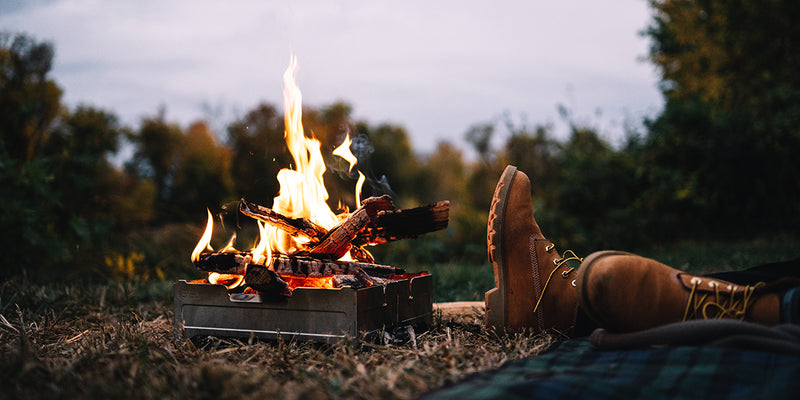
5 Gift Ideas For The Outdoorsy People In Your Life
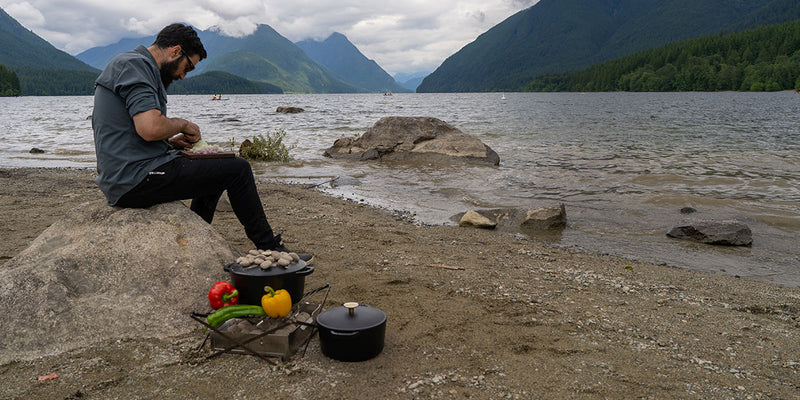
How To Choose The Best Size Dutch Oven For You
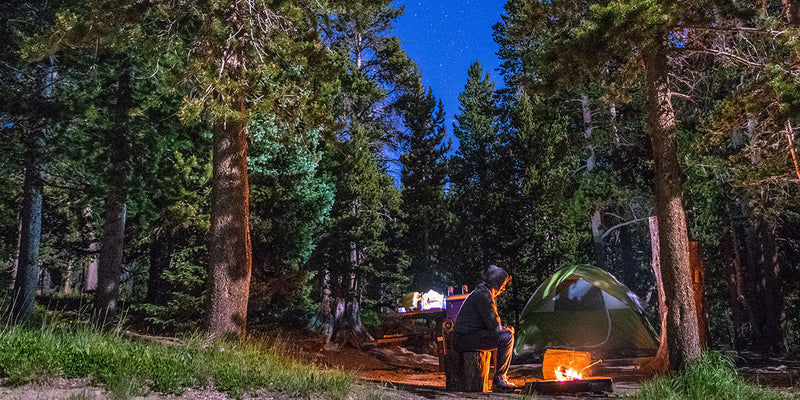
HOW TO PACK FOR A CAMPING TRIP: GEAR YOU SHOULDN'T FORGET ABOUT
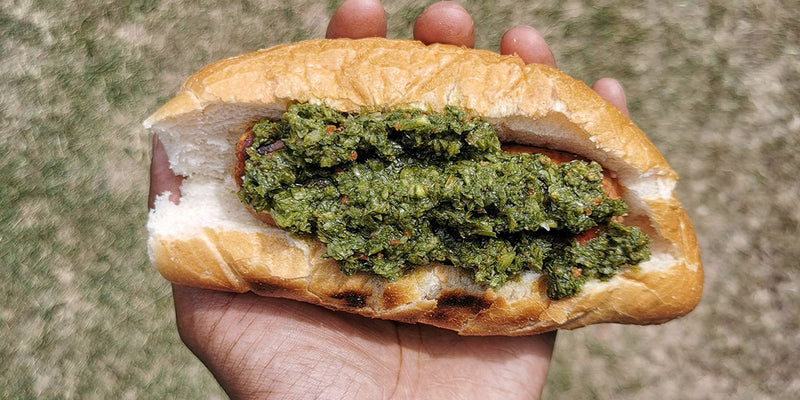
Choripan: Grilled Chorizo with Chimichurri
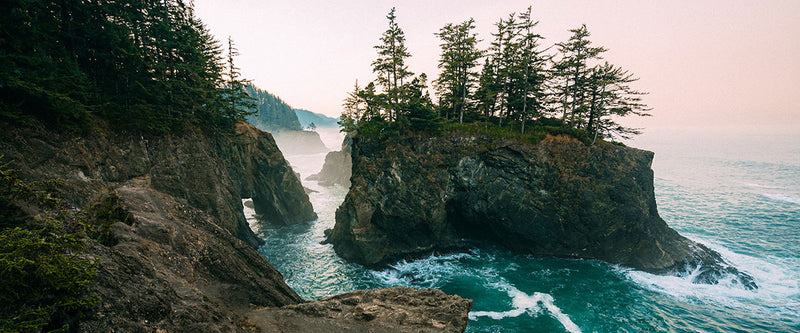
LIFE ON THE PACIFIC COAST: GOOD FRIENDS, GOOD WAVES AND GOOD TACOS
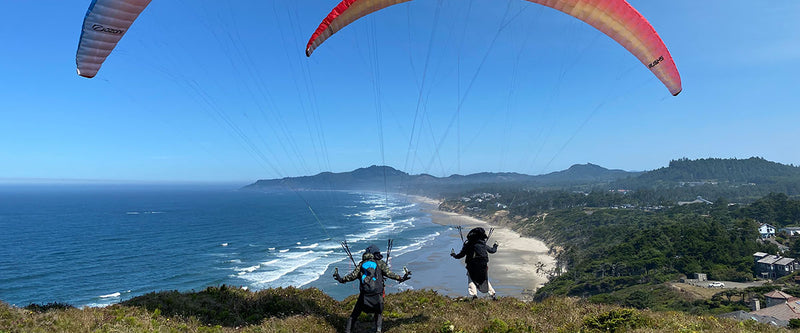
PACIFIC COAST ADVENTURES: FROM THE SKIES TO THE OCEAN
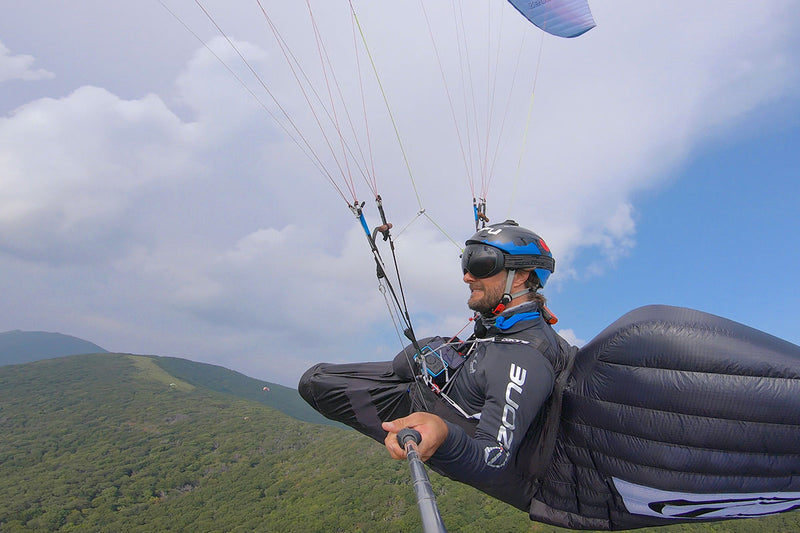
PAYING IT FORWARD: PARAGLIDING IN APPALACHIA

THE WG GIFT GUIDE: GIVE THE GIFT OF THE OUTDOORS
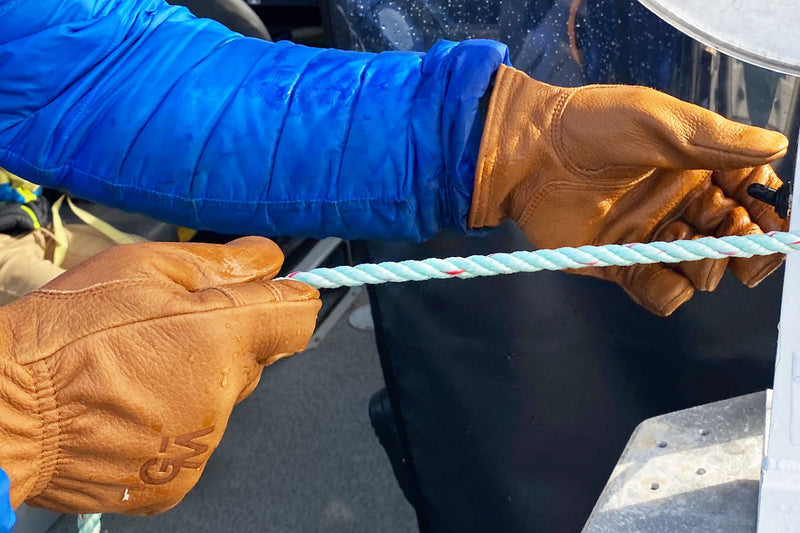
WILDERNESS GLOVES: FOR A LIFE IN THE WILD
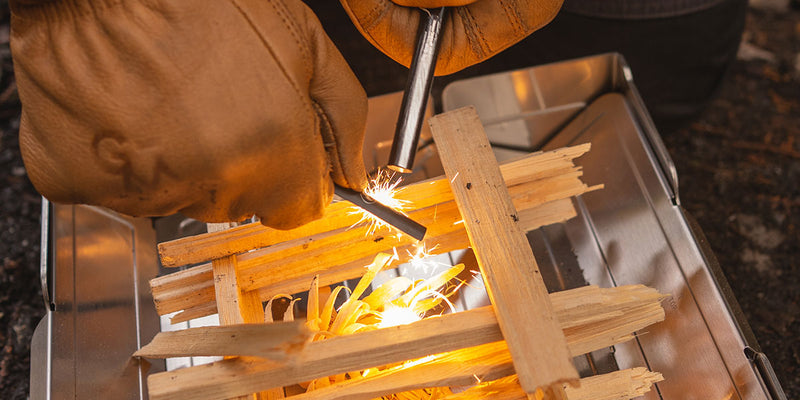
HOW TO START A FIRE IN ALL WEATHER CONDITIONS
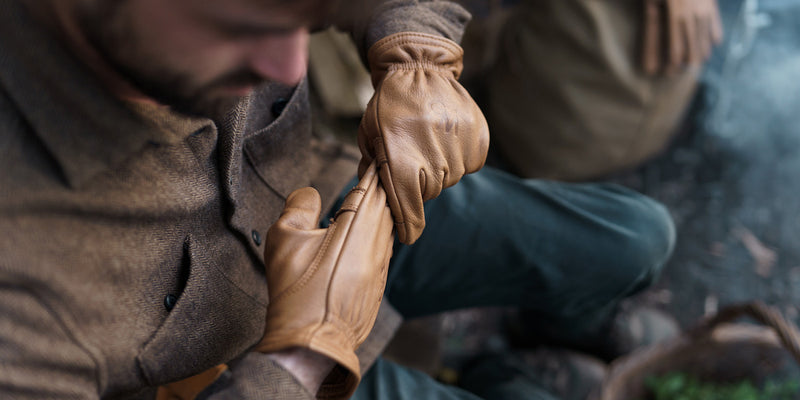
HOW TO CARE FOR AND MAINTAIN WILDERNESS GLOVES

How to Pack Clothes Like a Pro for Your Next Backpacking Camping Trip
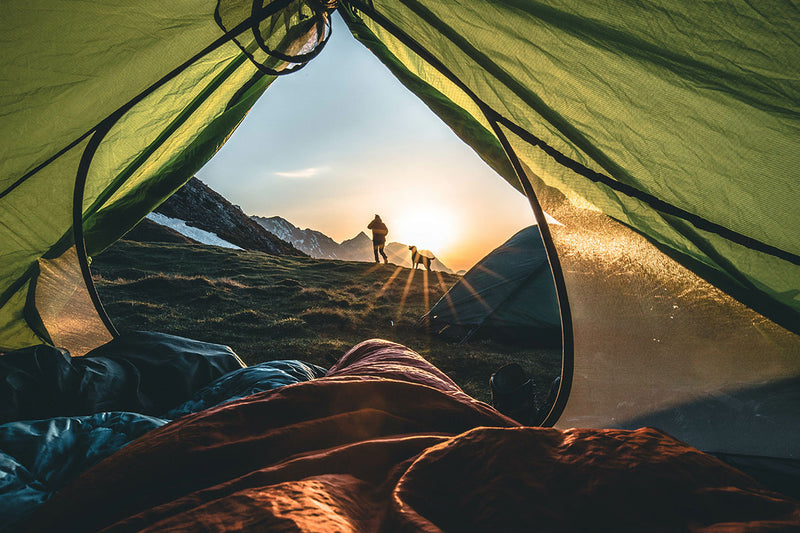
Camping Trip Checklist: How To Pack The Right Way
